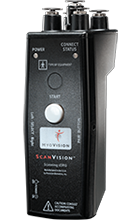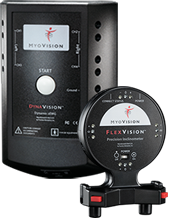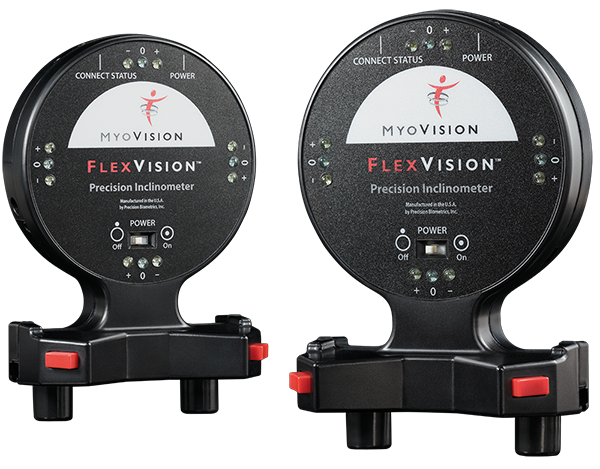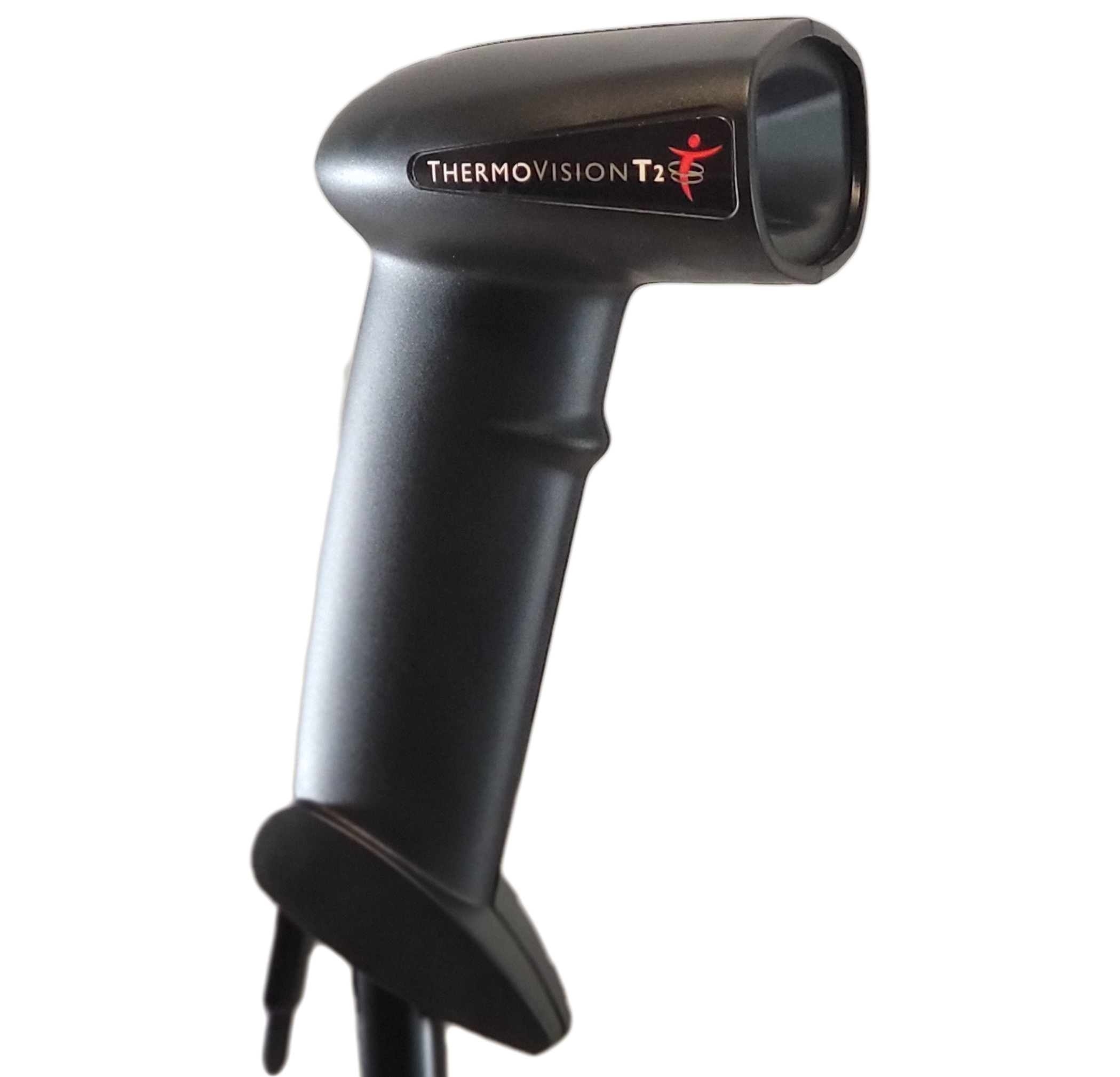Cover Your Assests
By Nancy Miggins, DC & David Marcarian, MA
 The current healthcare ecosystem mandates efficiency and objectivism. The requirements to document, bill third party payors and actually get paid are becoming increasingly more rigorous and laborious. It is no longer enough to properly document and code what you do in your examination and treatment of a patient, it is essential that you can prove medical necessity and substantiate your clinical decisions with objective data.
The current healthcare ecosystem mandates efficiency and objectivism. The requirements to document, bill third party payors and actually get paid are becoming increasingly more rigorous and laborious. It is no longer enough to properly document and code what you do in your examination and treatment of a patient, it is essential that you can prove medical necessity and substantiate your clinical decisions with objective data.
Chiropractors believe they are immune and can fly under the radar of insurance audits and fraud investigations. Unfortunately, you can’t avoid the radar. Insurance companies have been establishing utilization profiles for years and they know your every move.
Emphasis and focus should be placed on strict compliance, meeting normative standards and employing proper testing and technology to generate objective, clinically relevant data. Even well-intentioned outliers get audited.
Today’s successful Chiropractors are empowered with real data, not dogma, and are embracing evidence-based practice. Evidence-based practice incorporates objective data; data that is factual, unbiased, and unchanged by personal feelings or interpretations, to help determine the best course of treatment.
Picture
Unlike previous paradigms which relied heavily upon patients’ blind faith in their doctor, evidence-based practice seamlessly blends the doctor’s clinical expertise with research proven diagnostic technology. Evidence provides peace of mind for the patient and the third party payer.
Objective data bolsters your clinical opinion and provides a means to monitor patient progress and effectiveness of treatment. Adjustments to the patient’s program of care can be made efficiently, resulting in improved outcomes and more cost-effective treatment.
Technology is the answer to cover your assets. One size does not fit all, however, so it is important to use the right tool for the job.
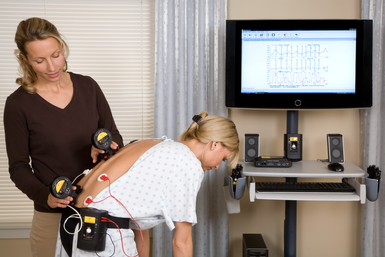 Static sEMG provides information about muscle firing while in the neutral posture. Taking only a minute or two to perform, this is the ideal quick screening tool. It shows the effect of subluxation on the muscles of the spine, along with postural influence, short leg, and head forward position. At minimum, Static sEMG is a form of electronic palpation yet unlike palpation, has great inter-examiner reliability. It displays an easy to interpret graphic to enhance patient awareness and education.
Static sEMG provides information about muscle firing while in the neutral posture. Taking only a minute or two to perform, this is the ideal quick screening tool. It shows the effect of subluxation on the muscles of the spine, along with postural influence, short leg, and head forward position. At minimum, Static sEMG is a form of electronic palpation yet unlike palpation, has great inter-examiner reliability. It displays an easy to interpret graphic to enhance patient awareness and education.
New University research has validated Standing Static sEMG studies as clinically valuable.1 Even more important, the Veterans Administration established the Static sEMG as capable of accurately tracking patient progress (2).
Dynamic sEMG uses EKG electrodes attached to the skin, measuring muscle response continuously as the patient moves. This technology boasts over 7500 research papers published to date. It’s ability to determine presence or absence of soft tissue injury was established in a major Superior Court decision in the State of Florida (3). The AMA has recently provided a specific CPT code for billing.
Dynamic sEMG has recently evolved into a more effective and efficient technology known as DynaROM sEMG, in part due to a meta-analytic review from The University of Michigan. Researchers found the clinical value of Range of Motion was significantly enhanced by incorporating Dynamic sEMG. By measuring and graphing ROM and Dynamic sEMG simultaneously, one can see if muscle guarding and bracing accompanies limited range of motion. If it does not, the patient is most likely magnifying symptoms.
Dynamic sEMG coupled with simultaneous computerized ROM is the only truly objective testing available to Chiropractors for determining the presence or absence of soft tissue injury (1,4).
Brandon Casey, partner at Casey Law Offices, states “Attorneys like evidence, and by that I mean actual evidence-based treatment, not opinion.” He goes on to say “sEMG studies are the best proof of soft tissue injuries. In this day and age of skepticism, they are essential in a litigation case.”
With the latest in evidence-based technology, the process of providing insurers and attorneys with objective, physiologic data is simple and quick, requiring only a small time investment by the practitioner or trained assistant. Objective data leads to an objective Doctor, creating clinical competence. The doctor who embraces and integrates such technology will sleep better, knowing the burden of proof lies in the insurer’s hands in an audit, as data wins over opinion 99% of the time.
References:
1. A Meta-Analytic Review of Surface Electromyography Among Persons With Low Back Pain and Normal, Healthy Controls. Geisser, Ranavaya, Haig, Roth, Zucker, Ambroz and Caruso published in the Journal of Pain, November 2005 p 711-726.
2. VAS Score Correlates with Static Surface EMG Signal Intensity in Chronic Spine Pain. Ambroz, Alex MD,VA Medical Center, Martinsburg, WV Ambroz, Clara MD, MPH, Disability Evaluation Services, Martinsburg,WV Zucker, Robert MD, MPH,VA Medical Center, Martinsburg, WV Benjamin, Eugene MD,VA Medical Center, Martinsburg, WV Caruso, Marianne RN,VA Medical Center, Martinsburg, WV. PAIN MEDICINE Volume 6, Number 2, 2005 p 28-29.
3. Richard W. Merritt vs. Florida Dept. of Health et al (Case No. 04-1149RX)
4. Gerhardt, John. “Utilizing sEMG in the medical-legal arena to prove presence or absence of soft tissue injury”, White paper: 2011.

